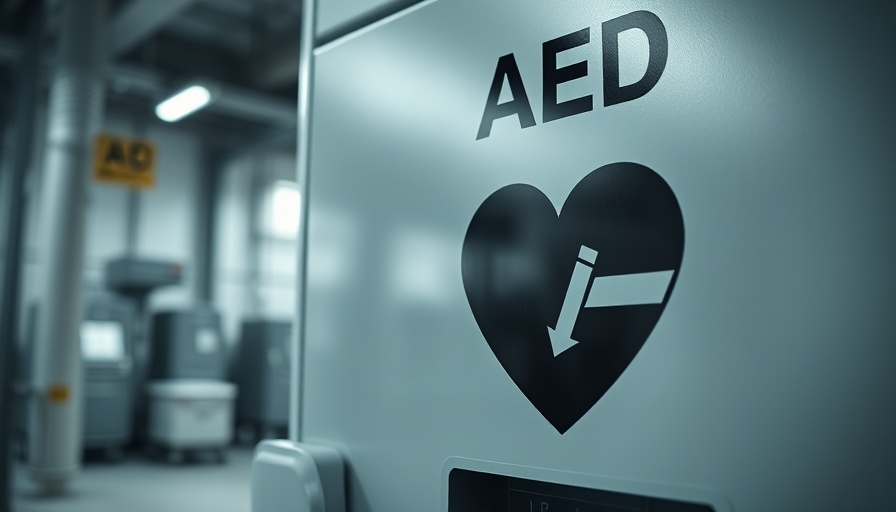
Understanding the Recycling Challenges of Tanning Beds
Tanning beds, while often sought after for that sun-kissed glow, offer significant recycling challenges once they reach the end of their useful life. With their complex construction involving various materials, including hazardous components, these industrial products pose risks to both public health and the environment. As highlighted by the demand for information from readers, tanning beds embody a noteworthy recycling dilemma.
The Hazardous Components in Tanning Beds
At the core of many traditional tanning beds are Ultraviolet (UV) lamps, which often contain mercury, a toxic metal harmful to both humans and the environment. When these lamps snap or break during disposal, mercury can escape, potentially contaminating air, soil, and water. This is particularly serious given that certain states mandate the recycling of mercury-containing lamps, making it essential for users to be aware of proper disposal methods.
Industry Standards for Safe Disposal
Locations such as California, Massachusetts, and Washington require businesses and residents to recycle these hazardous materials. Reputable hardware chains like Home Depot and Lowe's often have recycling programs in place for fluorescent lighting, yet not all branches will accept the specific tubes used in tanning beds. Therefore, users are encouraged to verify with their local stores beforehand. Utilizing resources like Earth911’s Recycling Locator can guide individuals to appropriate drop-off points.
The Role of Ballasts in Safe Disposal
Another crucial component within tanning beds is the ballasts. These devices help regulate the electrical current to the UV lamps but may also harbor PCBs (polychlorinated biphenyls) and other toxic metals. Proper disposal entails finding specialized recycling centers capable of handling these components. Many metal scrap companies can process these once hazardous materials are removed, ensuring safe recycling practices.
If Local Recycling Isn’t an Option
For individuals lacking access to local recycling centers for fluorescent tubes and ballasts, there are viable mail-in programs available. Companies like BulbCycle, Terracycle, and EcoLights provide specialized services for these materials. Participating in such programs ensures safe disposal, alleviating any environmental risks associated with mismanaged waste.
Consider the Risks of DIY Disassembly
While some might contemplate disassembling their old tanning beds for recycling, this practice is fraught with risks, particularly regarding mercury exposure. The inhalation of mercury vapor from broken UV lamps can be dangerous, representing just one of many hazards associated with attempting to dismantle these devices independently.
Alternative Perspectives on UV Tanning
As awareness grows surrounding the dangers of UV exposure from both natural and artificial sources, regulatory measures are seeing increased traction globally. Australia has enacted strict bans against UV tanning services due to the associated health risks, with hefty fines for non-compliance. This reflects a significant shift in public health policy and raises important questions about the necessity of indoor tanning solutions in our society.
The Path Forward: Community Awareness and Education
Combining local community efforts with educational initiatives can result in responsible disposal practices and heightened awareness. Tanning salons may be compelled to adjust their business models or shift towards more sustainable beauty practices. Such changes would not only benefit public health but also protect environmental integrity.
Conclusion: Participation Matters
As we navigate the complexities of recycling products like tanning beds, it's essential for communities to engage in sustainable practices that protect our health and environment. By familiarizing oneself with local recycling programs and utilizing available resources, each individual can contribute to fostering a healthier planet.
 Add Row
Add Row  Add
Add 




Write A Comment